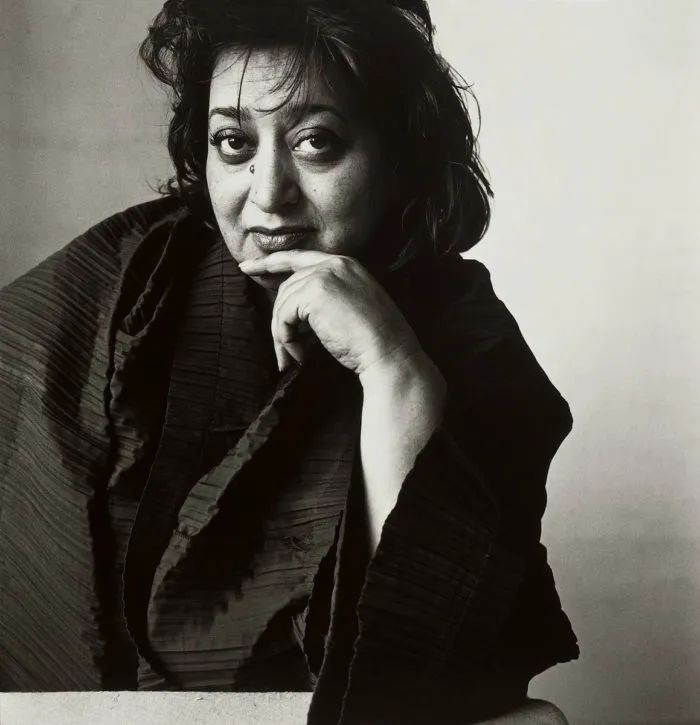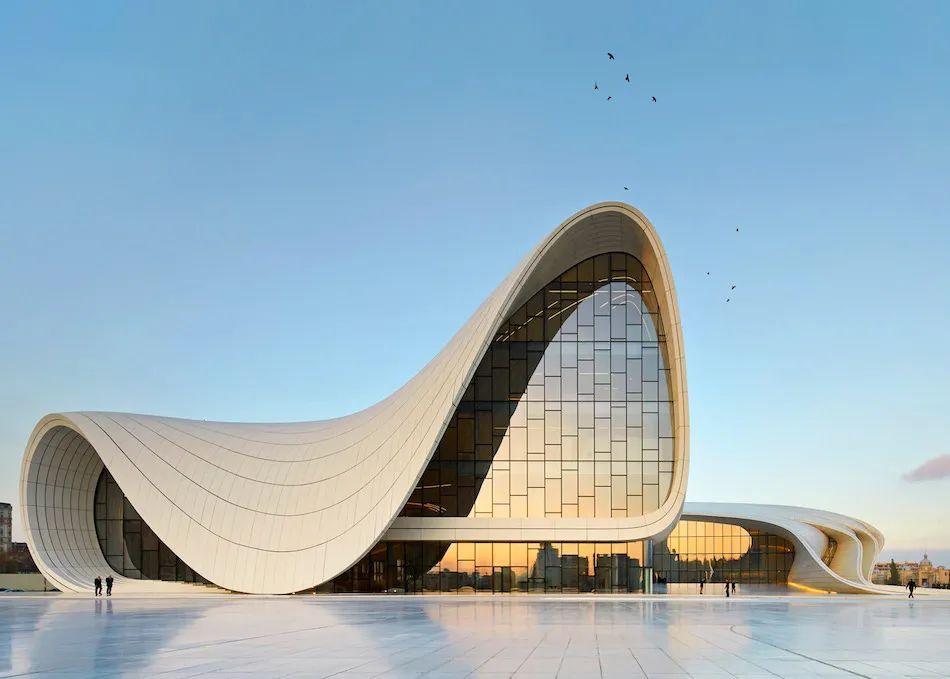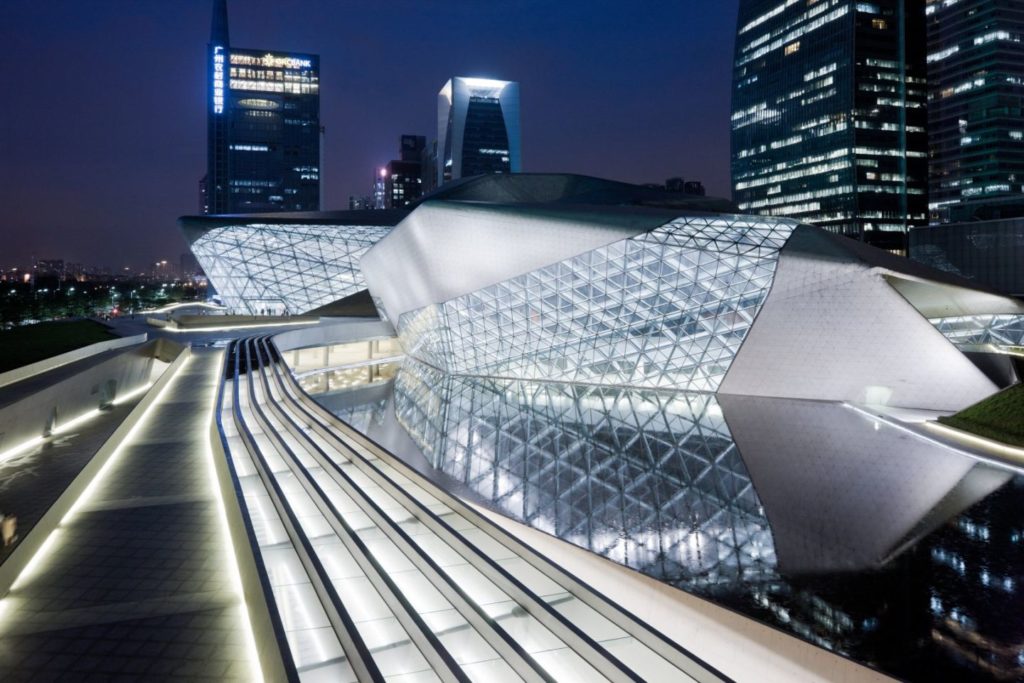
Zaha Hadid was born in 1950 in Baghdad, Iraq. Hadid is a British-Iraqi architect, artist and designer. Hadid, after studying mathematics in Beirut, enrolled at the Architectural Association School of Architecture in 1972. Hadid’s major works include the London Aquatics Centre for the 2012 Olympics, the Broad Art Museum, Rome’s MAXXI Museum, and the Guangzhou Opera House. On March 31,2016, Zaha Hadid died of heart disease in a hospital in Miami at the age of 66.

Zaha Hadid was born into a rich and enlightened family. Her parents believe that education can make people independent and put a lot of expectations on their daughter. The son of an acquaintance of her father’s family is an excellent architect, and the brother next door had a great influence on the young Hadid. The enlightened growth environment created Hadid’s bold and avant-garde thinking. Hadid boldly uses space and geometric structures in his designs, reflecting the complex characteristics of urban architecture. In 1982, a total of 539 entries were received in the international architectural competition organized by the Hong Kong Peak Club. Zaha Hadid passed all the way to win the first prize. However, Hadid’s work were eliminated in the preliminary evaluation, but the winner of the Pritzker Architecture Prize in 2019, Japanese architect Arata Isozaki, had a unique eye and fished out her scheme from the waste paper. Commenting on the plan, Isozaki said, “I was attracted by her unique performance and thorough philosophy.” Hadid was inspired and strengthened her belief in the trip. However, Hadid’s road in the construction industry was not always smooth. Although she has long been called the “master of deconstruction”, there are still many people who can not accept her “weird” design. But she never gave up her pursuit of her personal style. Therefore, amazing architectural works are on display in the world.

Taking “breaking the architectural tradition” as the goal, Hadid has been practicing the idea of making “architecture more architectural”, and only in this way will breakthrough novel works beyond realistic thinking appear. The architecture of Zaha Hadid is unique. With strong visual impact, her works have become landmark works all over the world. She fought against the traditional consciousness of men’s unified architecture for countless times. It is because of Hadid’s persistence that women occupy a place in architecture.
Bibliography
Zukowsky, J., 2020. Zaha Hadid | Biography, Buildings, & Facts. [online] Encyclopedia Britannica. Available at: <https://www.britannica.com/biography/Zaha-Hadid> [Accessed 24 November 2020].
Ravenscroft, T., Crook, L. and Anderson, K., 2020. Zaha Hadid Architects | Dezeen. [online] Dezeen. Available at: <https://www.dezeen.com/tag/zaha-hadid/> [Accessed 24 November 2020].
Sudjic, D., 2016. Dame Zaha Hadid Obituary. [online] the Guardian. Available at: <https://www.theguardian.com/artanddesign/2016/apr/01/zaha-hadid-obituary> [Accessed 24 November 2020].
Google Arts & Culture. n.d. Zaha Hadid – Serpentine Galleries – Google Arts & Culture. [online] Available at: <https://artsandculture.google.com/exhibit/zaha-hadid-serpentine-gallery/5gJyPkgneqK3KQ?hl=en> [Accessed 24 November 2020].
Bell, J., 2020. Zaha Hadid – Her Career As An Architect And Her Best Buildings | Wallpaper* Magazine. [online] Wallpaper*. Available at: <https://www.wallpaper.com/tags/zaha-hadid> [Accessed 24 November 2020].

Amazing woman! I also wrote about her. Thank you for your sharing!
I love Zaha Hadid! Even more than her beautiful designs, she is unapologetically herself no matter how unconventional. Thank you for sharing!
Her buildings are so beautiful, very dynamic and linear